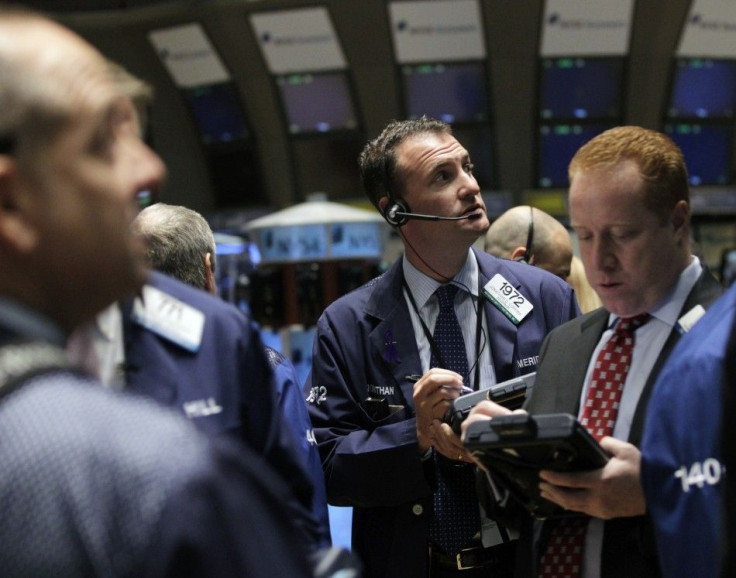U.S. Stock Market: Post-Irene Rally or ‘Dead Cat’ Bounce?
ANALYSIS

Amid a sluggish U.S. job market, a patch-work recovery in the housing market sector, and now damage from Hurricane Irene, it's understandable if U.S. investors are hesitant regarding deploying new money to the stock market.
What's more, the Dow Jones Industrial Average's 255-point gain to 11,539 Monday only intensified the tug-of-war between the market's bulls and bears, with each side trying to make a compelling case that the data support their view of the world: the current demarcation line appears to be the Dow 10,700 level: it currently provides support for the bulls, but a sustained drop below that level would be a negative sign.
Bull and Bears Battle It Out
The market's bulls argue that although the U.S. economy is growing at a tepid rate, private sector layoffs have peeked, the worst financial and economic news is behind us, and that the Dow's rise above 11,500 this week is a signal by institutional investors that better days are ahead.
The market's bears argue the substantially smaller U.S. workforce, stagnant income in many job segments, an economy that's short - - at minimum - about 14 million full-time jobs, lingering Europe government debt concerns, and now economic damage stemming from Hurricane Irene / Tropical Storm Irene-- means the Dow is sending a false signal, and is headed for another plunge.
Let's do a condensed, cross-methodology analysis to see if we can arrive at an informed investment decision / conclusion regarding where the Dow is headed, near-term:
Technical Indicators: Neutral. The Dow is firmly below the 50-day (11,937) and 200-day (11,988) moving averages -- which is bearish. However, the Dow, as noted, did hold support at/near 10,700.
Fundamental Indicators: Slightly Bearish. During the second quarter earnings season, corporate earnings were adequate to slightly better than expected. However, the U.S. economy, as measured by GDP, is growing at a tepid rate: it grew just 1.0 percent in the second quarter, after statistically insignificant 0.4 percent rate in the first quarter. What's more, the economy hasn't demonstrated that it can create the minimum 150,000 to 200,000 new jobs per month, just to lower the nation's high unemployment rate (presently 9.1%).
Monetary Policy: Bullish. Inflation remains low, at the core level (which excludes food and energy prices). That fact, combined with the output gap, means the Fed will at least continue to reinvest the proceeds of the second stage of it's quantitative easing policy to help stimulate the economy, 'QE2,' through at least the start of the fourth quarter, and perhaps for longer. In addition, while U.S. Federal Reserve Chairman Ben Bernanke didn't announced the start of QE3 during his Jackson Hole, Wyo. speech, he did underscore that the Fed remains at-the-ready to deploy more stimulus, if needed.
Fiscal Policy: Bearish. The U.S. Congress, led by the Tea Party-pressured Republican majority in the U.S. House, implemented austerity measures too soon. Deficit reduction and weeding-out needless programs are laudable goals, but reducing the deficit too soon -- especially if spending cuts affect the social safety net -- reduces demand, and could very well increase social problems -- leading to even higher social costs down the road.
Credit Markets: Recovering, but still strained, with still too many small/medium-sized businesses arguing they're not getting the level of credit they need to expand operations. Home mortgage qualifications terms remain very high.
Europe's sovereign debt situation has improved somewhat, but there could be more financial market ripples if Portugal or Spain require a bailout. So far, each has said they won't need outside intervention funds.
Conclusion: The view from here argues that the outlook for the U.S. stock market is neutral for the next five months -- through mid-December.
At this juncture, investment conditions remain not a stock market, but a market in which you must pick stocks, i.e. deploy capital selectively.
In sum, the bias is toward deploying capital only in those clear-winner stocks.
© Copyright IBTimes 2024. All rights reserved.





















